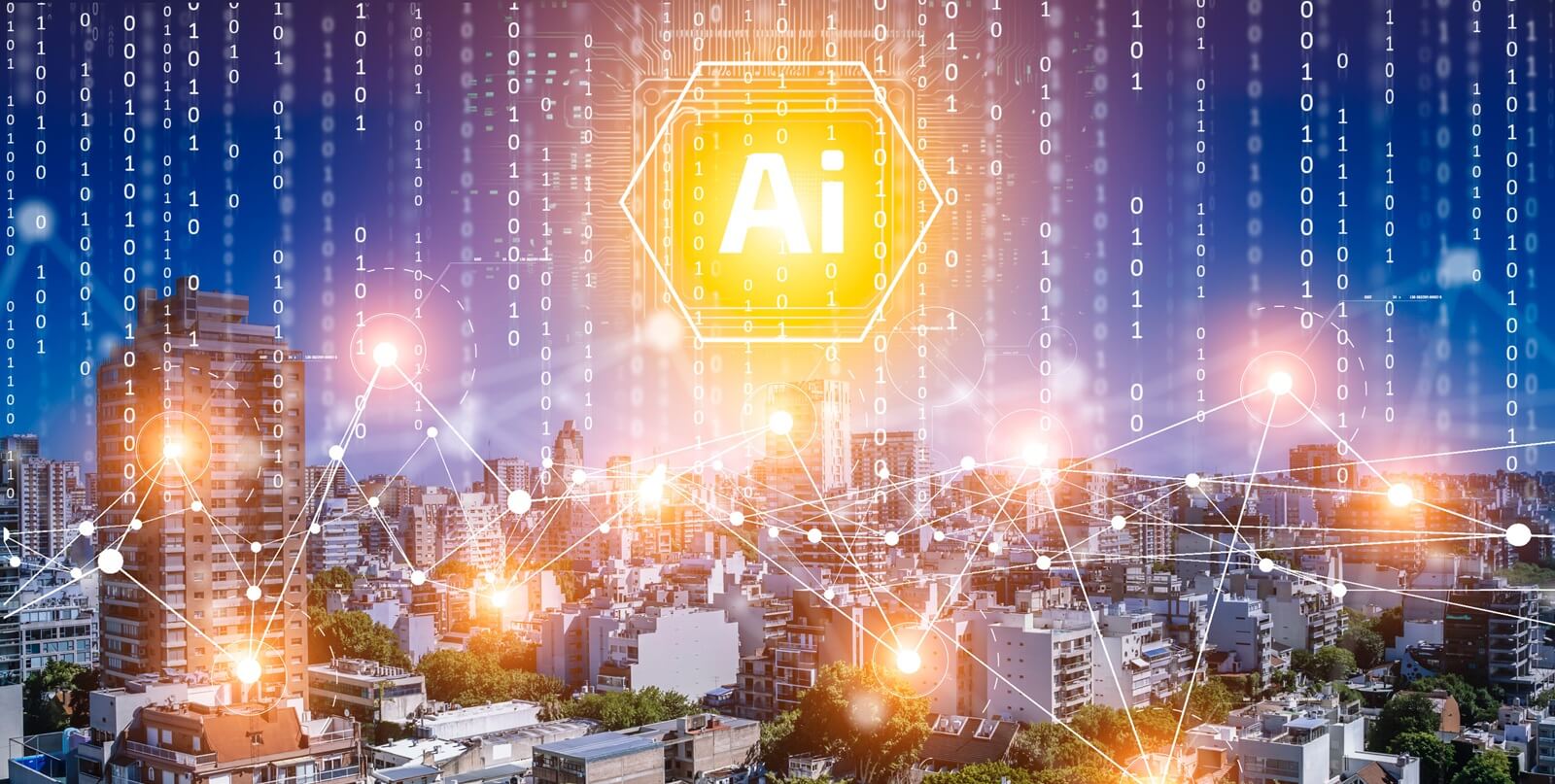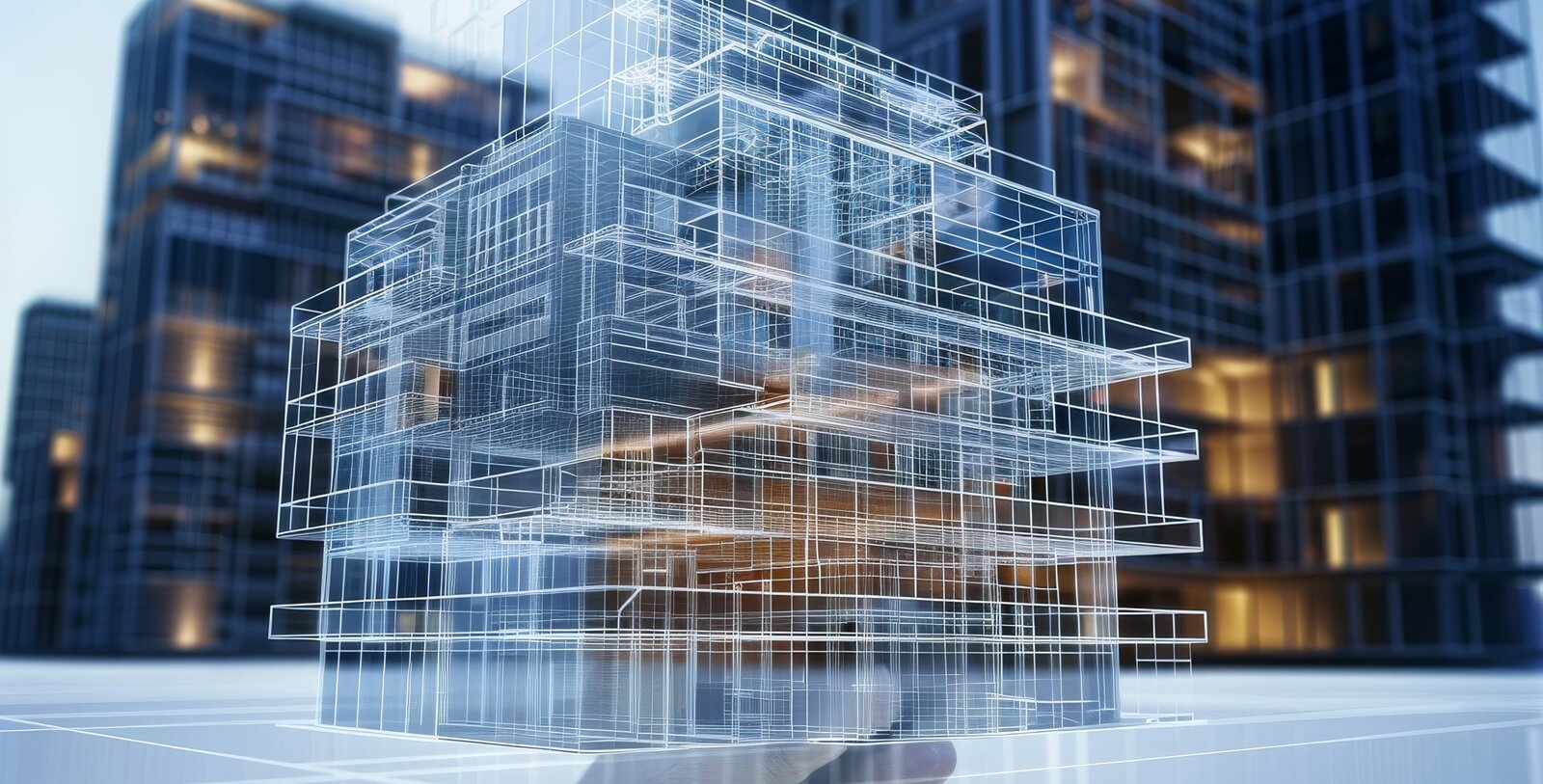he future of architecture will not be defined solely by aesthetics or form—it will be measured by how efficiently a building performs. From energy conservation to carbon footprint reduction, sustainability has evolved from a design choice into a professional obligation. Yet, achieving meaningful sustainability requires more than compliance checklists or energy-efficient materials. It demands intelligence—data-driven intelligence that anticipates, models, and optimizes every decision from concept to construction.
That’s where AI in sustainable architecture emerges as a transformative force. Artificial intelligence integrates environmental analytics, material data, and predictive simulations into the design process, enabling architects to create structures that balance function, form, and footprint. It goes beyond green certifications to deliver performance-driven, evidence-based design.
At Stealth Technology Group, sustainability is engineered into the digital core. By providing cloud-AI design platforms that simulate, monitor, and optimize building performance, Stealth empowers architects to turn environmental goals into measurable, repeatable outcomes.

1. The New Imperative: Designing for Sustainability
Global construction accounts for nearly 39 percent of annual carbon emissions, according to the World Green Building Council. This statistic underscores a critical truth: architecture holds the key to environmental restoration as much as it contributes to degradation. As cities expand and climate change intensifies, sustainable design is no longer optional—it is essential.
However, designing sustainably is not simply about selecting recycled materials or adding solar panels. It involves understanding how a building behaves as an ecosystem—how it consumes energy, manages light, interacts with wind, and sustains comfort for occupants. Traditional tools and manual simulations cannot process the massive amount of data required to model these interdependencies accurately.
AI redefines this approach by turning sustainability into a computational discipline. It continuously evaluates thermal, structural, and environmental parameters during design iterations, ensuring that efficiency is not an afterthought but a guiding principle from day one. This shift transforms sustainability from aspiration into precision.
2. Why Traditional Green Architecture Falls Short
Despite decades of progress, many green buildings fail to meet their projected sustainability goals once occupied. The root cause lies in the gap between design intent and real-world performance. Static energy models, human estimation, and isolated datasets often produce inaccurate forecasts that don’t adapt to changing operational conditions.
For example, a conventional modeling tool might assume constant occupancy levels or uniform temperature zones, ignoring dynamic variables like sunlight fluctuations or occupant behavior. This leads to overestimated energy savings and underperforming systems.
AI closes this gap by learning from real data. Through adaptive machine learning models, it integrates climate analytics, material performance records, and IoT sensor feedback to deliver evolving accuracy. As a building is designed, AI predicts how it will behave; as it operates, AI refines those predictions. The result is continuous optimization that mirrors real-world complexity rather than approximating it.
3. AI in Sustainable Architecture: From Intention to Intelligence
AI doesn’t replace the architect’s creative intuition—it enhances it with quantifiable foresight. Through predictive algorithms, it translates sustainability from abstract goals into measurable outcomes across the design lifecycle.
Machine learning models analyze thousands of prior design outcomes to suggest configurations that reduce energy load while maintaining aesthetic integrity. For instance, AI can identify optimal building orientations, facade geometries, and HVAC layouts that reduce consumption by up to 40 percent.
A 2025 Autodesk Sustainability Insights report found that architects using AI-driven modeling achieved 32 percent higher accuracy in energy forecasts and a 27 percent reduction in post-construction retrofits. These improvements underscore how intelligence elevates design from reactive compliance to proactive performance.
By integrating AI sustainable architecture principles early in conceptual planning, firms ensure that efficiency becomes embedded in every subsequent decision. AI provides visibility into the environmental implications of design choices—allowing teams to iterate rapidly toward the most sustainable solutions.
4. Predictive Energy Modeling and Performance Simulation
Traditional energy modeling relies heavily on manual inputs and static conditions, limiting its accuracy. AI energy modeling transforms this process into a dynamic simulation that evolves with each design adjustment.
Machine learning algorithms draw from weather databases, local climate histories, and regional grid data to forecast energy consumption under variable conditions. The system automatically adjusts parameters such as insulation thickness, window orientation, and shading design to identify the most efficient configurations.
Key Advantages of AI Energy Modeling:
- Dynamic Adaptation: Models evolve as designs change, maintaining real-time alignment with environmental variables.
- Cross-Disciplinary Data: AI integrates architectural, mechanical, and structural inputs into unified performance predictions.
- Predictive Accuracy: Forecasts energy and thermal performance with 90–95% accuracy based on iterative simulation.
- Reduced Manual Labor: Cuts model setup time by 60%, freeing architects to focus on creative exploration.
In effect, AI energy modeling converts sustainability into a live process rather than a post-design assessment. Architects gain confidence knowing that every design decision is tested for performance before a single line is drawn in construction.

5. Material Efficiency Through AI-Driven Optimization
Material selection defines both the environmental and financial impact of a project. However, traditional decision-making relies on intuition or cost-based prioritization rather than lifecycle data. AI corrects this by introducing green design technology that evaluates materials holistically.
AI systems calculate embodied carbon, manufacturing energy, and transportation emissions for each potential material. They can simulate substitution effects—for example, comparing the lifecycle impact of cross-laminated timber versus reinforced concrete for structural elements.
Additionally, AI identifies patterns of material waste in past projects, using that intelligence to recommend modular layouts or prefabrication methods that minimize offcuts and resource loss. The system can even pair material performance with geographic data, suggesting local sourcing options to reduce transportation emissions.
A study by the Carbon Leadership Forum in 2024 reported that AI-enabled material optimization reduced embodied carbon by 26 percent across a sample of 300 commercial projects. The integration of AI into procurement not only reduces waste but also supports supply chain transparency—critical for meeting sustainability reporting standards.
6. Real-Time Environmental Feedback in Design Decisions
Architectural design is iterative, yet sustainability data often arrives too late to influence early-stage decisions. AI overcomes this delay through real-time environmental feedback integrated directly into design platforms.
By connecting AI algorithms to modeling tools, architects can visualize the impact of each modification instantly. Change a facade angle, and the system recalculates solar gain. Adjust glazing ratios, and it updates daylight distribution maps. Every variable interacts dynamically, providing immediate feedback without manual recalculation.
This iterative intelligence fosters experimentation while maintaining performance integrity. Design teams can explore creative options without risking efficiency losses. Moreover, by connecting IoT-enabled feedback loops from operational buildings, AI continues to refine its predictive models, ensuring that future designs are informed by actual performance data.
Applications of Real-Time Environmental AI Feedback
- Daylight optimization for occupant well-being
- Automated ventilation and air quality simulations
- Smart zoning for thermal comfort
- Predictive energy load balancing for peak demand periods
This closed-loop learning transforms sustainable architecture into a continuous feedback ecosystem—each building informing the next, each iteration improving environmental stewardship.
7. The Stealth Technology Group Advantage: Cloud Intelligence for Sustainable Design
Stealth Technology Group delivers the foundation upon which AI-driven sustainability thrives. Its cloud-AI hybrid architecture enables computationally demanding simulations to run at scale, empowering design teams to model entire urban ecosystems with real-time precision.
Through its intelligent hosting infrastructure, Stealth synchronizes sustainability data across every stakeholder—from architects and engineers to consultants and clients—eliminating the fragmentation that typically hinders collaboration. Cloud processing distributes workloads automatically, ensuring that even the most complex AI energy modeling runs seamlessly without downtime.
Stealth’s adaptive intelligence framework incorporates:
- Predictive Performance Monitoring: Continuously evaluates the efficiency of hosted simulations and dynamically allocates resources for maximum throughput.
- Sustainable Data Centers: Powered by renewable energy, ensuring that digital sustainability aligns with environmental ethics.
- Compliance Automation: Built-in auditing for LEED, BREEAM, and WELL standards, providing instant verification of environmental metrics.
By integrating sustainability intelligence directly into its hosting platform, Stealth transforms architectural modeling from a performance challenge into a sustainability advantage. Design teams no longer need to choose between innovation and responsibility—they can achieve both simultaneously.

Summary
Sustainability has become architecture’s defining challenge—and its greatest opportunity. In a world demanding resilience and environmental accountability, AI in sustainable architecture provides the precision and foresight necessary to meet that demand.
Through predictive modeling, material optimization, and real-time environmental analysis, AI empowers architects to design buildings that consume less, waste less, and perform better. These aren’t theoretical promises; they are measurable outcomes achieved through intelligent data integration.
Stealth Technology Group stands at the center of this transformation. By merging cloud scalability with AI-driven insight, Stealth enables architects to simulate, analyze, and refine every detail of performance before construction begins. Its platforms embody the future of green design technology—a future where energy modeling, compliance, and creativity coexist seamlessly.
AI doesn’t just make architecture smarter—it makes it sustainable by design. For firms seeking to lead in the next generation of environmental innovation, partnering with intelligent infrastructure isn’t an upgrade; it’s a mandate for relevance and responsibility.




